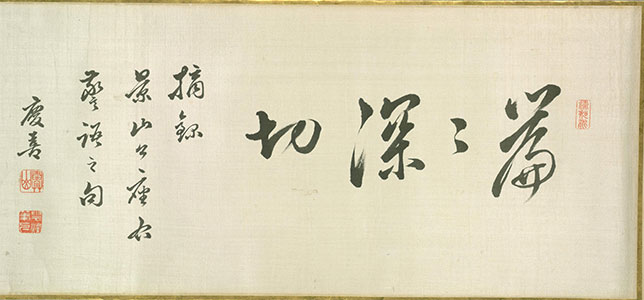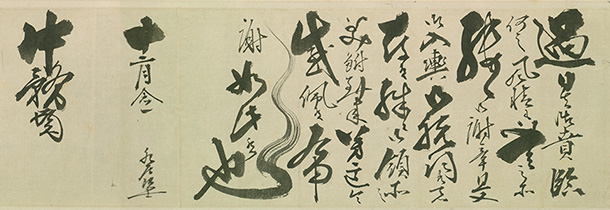Chapter 1: The statesmen and their entourage Yoshinobu and Nariaki
Yoshinobu and Nariaki
TOKUGAWA Yoshinobu, 1837-1913
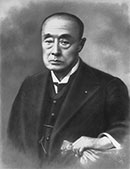
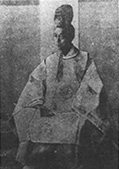 The 15th Tokugawa Shogun. Born as the seventh son of Tokugawa Nariaki , the lord of the Mito Domain, Yoshinobu became Shogun in 1866, only to resign the following year, which put an end to the rule of the Tokugawa Shogunate. After the Meiji Restoration, Yoshinobu enjoyed the rest of his life in the pursuit of his hobbies such as hunting and photography.
The 15th Tokugawa Shogun. Born as the seventh son of Tokugawa Nariaki , the lord of the Mito Domain, Yoshinobu became Shogun in 1866, only to resign the following year, which put an end to the rule of the Tokugawa Shogunate. After the Meiji Restoration, Yoshinobu enjoyed the rest of his life in the pursuit of his hobbies such as hunting and photography.
9 “Hempen shinsetsu” handwritten by TOKUGAWA Yoshinobu (from Minamotorekko shimpitsu), [Meiji era][WA25-29]
Title piece calligraphed by Yoshinobu for the beginning part of Minamotorekko shimpitsu (Minamotorekko refers to Tokugawa Nariaki), which was a collection of more than 40 articles including the letters written by Nariaki.
Most of the letters are addressed to Aoyama Nobuyuki. This title piece was possibly written upon the request of the descendants of Aoyama to Yoshinobu, for the occasion of making scrolls out of these articles.
Yoshinobu explained that the phrase he calligraphed was Nariaki’s favorite motto. Yoshinobu possibly have chose the phrase to imply that each of the letters was the manifestation of Nariaki’s kindliness.
TOKUGAWA Nariaki, 1800-1860
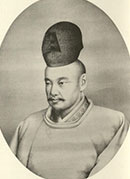 The lord of the Mito Domain in Hitachi Province in the end of the Edo period. He is also known by his posthumous name, Rekko. Born as the third son of the seventh domain lord Harutoshi, Nariaki, he became the ninth lord following the death of the eighth, his elder brother Narinobu, and engaged in the reformation of the domain government. Nariaki later became the political adviser for the Shogunate government, but was punished because of his stance as "Revere the Emperor and expel the barbarians" doctrine advocator during the Ansei Purge.
The lord of the Mito Domain in Hitachi Province in the end of the Edo period. He is also known by his posthumous name, Rekko. Born as the third son of the seventh domain lord Harutoshi, Nariaki, he became the ninth lord following the death of the eighth, his elder brother Narinobu, and engaged in the reformation of the domain government. Nariaki later became the political adviser for the Shogunate government, but was punished because of his stance as "Revere the Emperor and expel the barbarians" doctrine advocator during the Ansei Purge.
10 Tokugawa Nariaki shokan (from Suifu meika shukan), December 21, [late Edo period][WA25-94]
A letter written by Nariaki and addressed to a person named Nakatsukasa as a thank-you letter. Nariaki had left many letters written with his unique handwriting characterized by strong brushstrokes.
11 Tokugawa Nariaki shokan (from Minamotorekko shimpitsu), September 29, [1836] [WA25-29]
A letter written by and sent from Nariaki to Aoyama Nobuyuki upon knowing that Nobuyuki’s second son, Ryohei, had contracted tuberculosis, along with a slip of paper with the medicine prescription written on it.
Nariaki wrote to Nobuyuki and his family to warn not to get infected if Ryohei died, showing his care beyond their differences in social classes. However, there are signs of their social differences visible in the format different from the typical etiquette, such as not writing the name of the sender or placing the name of the recipient in the position a little lower.



